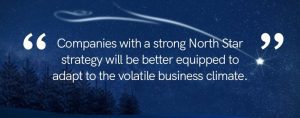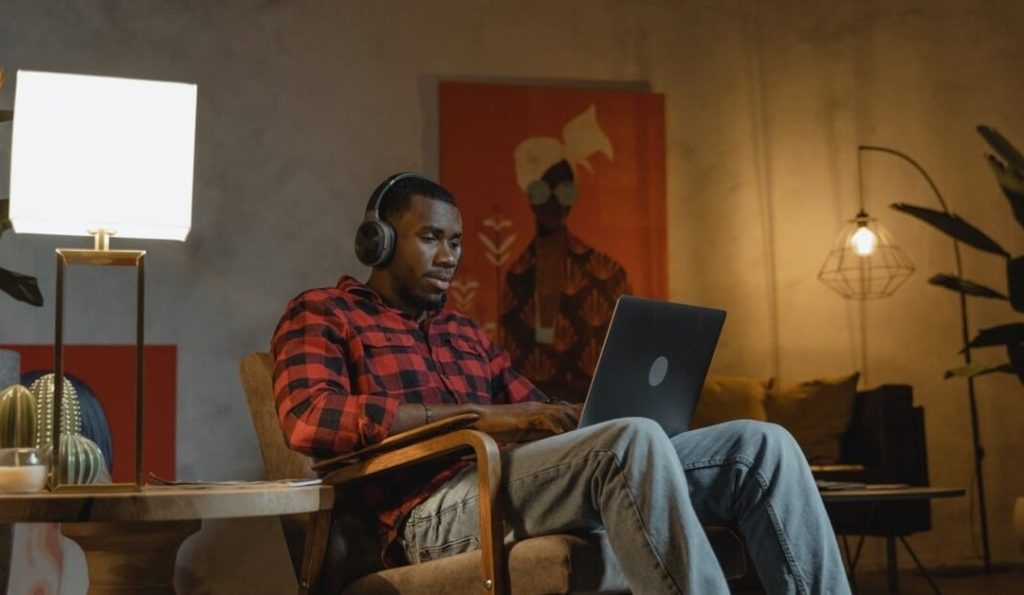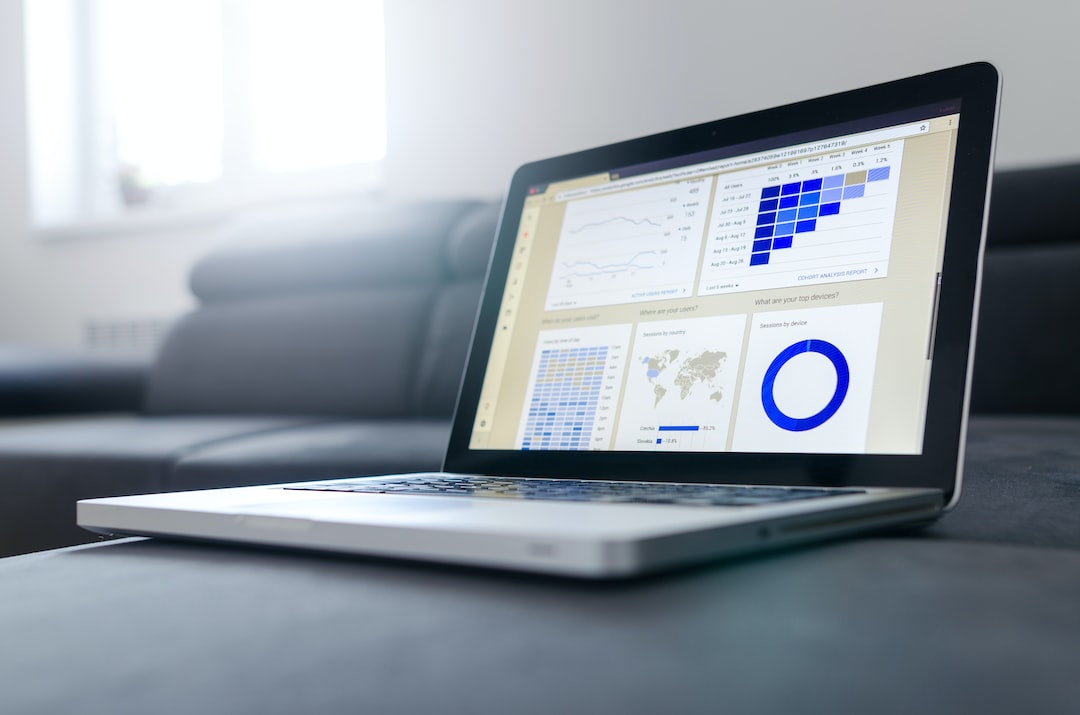In 2020, we all evolved. We heard terms like uncertain times, new normal, or pivot so many times they became cliches. As we all adapted and survived, we learned new strategies to deal with COVID and shifting customer priorities.
As we move forward, some things will eventually go back to pre-COVID normal. However, there are plenty of B2B marketing trends that aren’t going away. For example, we all learned just how really comfortable sweat pants are. Shaving became totally optional. People saw us without makeup and filters and guess what: it didn’t matter.
Eventually, we’ll all likely to spend a little more time at the office and we’ll probably dress up (a bit) when we do but here are some of the lessons that we learned during the pandemic that will continue to make an impact in the year ahead. Call them post pandemic marketing trends.
Table of Contents
ToggleMarketing Agility
Perhaps the most important lesson we learned during 2020 was the absolute necessity of marketing agility. The entire marketing playbook had to be thrown out and redeveloped on the fly. Rather than taking months to craft campaigns, we’re launching in days or even hours to make sure we’re adapting to consumer tastes and trends.
That commercial that showed people partying and having a good time? Forget it. We’re all social distancing now. That marketing piece about the best restaurant dining experience? Nope. We’re only doing carryout service. Scrap the B2B campaign that offered discounts for repairing vehicle fleets and offer we-come-to-you services.
Just as importantly, we learned to ditch things that weren’t working more quickly.
Walgreens shifted their marketing from in-store consulting with pharmacists to online consultations, drive-through testing, and prescription delivery. Health clubs shifted to at-home remote classes. Auto dealerships offered virtual driving experiences, touchless interactions, and home delivery.
It’s not that planning and strategy aren’t important. It’s essential. However, it has to run through current culture filters. We have to be able to shift priorities and make decisions quickly.
Many B2B industries that once enjoyed more traditional avenues of marketing such as events and conferences are now shifting focus to a purely digital strategy like never before. Those who remained agile and diversified their marketing efforts have had an easier time transitioning. B2B organizations who leaned heavily on in-person engagements to expedite long sales cycles are now building up the necessary capabilities to take advantage of digital markets in droves.
While you can always ‘double down’ your B2B marketing budget on what is working, allocating resources to diversify your lead generation capabilities allows organizations to move with agility and adapt despite changes in the market.

Purpose Matters
Taking a stand can risk alienating audience segments. Taking the right stand that reflects the value and concerns of your core customers, however, can lead to significant results. While most companies have taken the Switzerland approach – staying neutral – 70% of consumers say it’s important that brands take a stand.
Amid racial injustice, the pandemic, climate emergencies, and economic hardship, companies with a strong “North Star” strategy will be better equipped to adapt to the volatile business climate.
What won’t work is insincerity. People see through posers and phonies pretty easily these days. When consumers were asked why companies were taking a stand in the Black Lives Matter movement, only 15% thought the companies truly cared. 65% said companies did so for economic reasons to avoid losing customers. Companies that were perceived as posturing, rather than expressing genuine concern, faced significant backlash.
It doesn’t have to be world-defining social trends either. Many consumers reported they switched brands that demonstrated they were taking care of their employees during the pandemic or to support local businesses. Context matters, too.
While something as disruptive as a pandemic may bring these issues to the surface sooner, the important take-away is establishing what your B2B brand stands for early in your development. Reinforcing positive views during challenging times is easier than jumping in headlong in an attempt to be part of the narrative.
Brand Experience
We all know that customer experience and brand experience matters more than ever. In light of the pandemic, consumers and clients wanted peace of mind that your business adapts appropriately to evolving situations and remains strong.
Consumers are switching brands at an astonishing rate. 75% of consumers in the US have changed shopping behaviors. A third have tried new brands, products, and services. Nearly three-quarters of those surveyed expect to stick with these changes – and new brands – even post-COVID. This unprecedented crisis led to unprecedented opportunity. Brands that were unable to adapt lost out. Just think about how much money there was to be made for companies that could have kept up with the demand for sanitizer and face masks.
Concerns about pricing become less while factors such as availability, convenience, value, and delivery rose. One thing’s clear, consumers that face any amount of friction doing business with you are likely to go elsewhere. If you’re an online seller, your sales platform, shopping cart, and checkout procedures better be simple and easy. Consumers need to be able to know easily if you have a product in stock and how fast you can get it there. It doesn’t matter if it’s a B2C or a B2B consumer.
Researchers at Accenture noted that people’s behavior was already shifting. The pandemic just made it happen faster. People are changing relationships, engagements, habits, and expectations for brand experience. To continue to connect with consumers, brands must adapt and reinvent themselves. Most importantly, the latest marketing trends won’t matter if companies aren’t able to empathize with what people are going through.
Relatable Messaging
Work from home (#WFH) changed the way people communicated and collaborated. Pants became optional and were replaced with sweat pants and pyjama bottoms. Kids (and/or pets) made guest appearances at some of the most inopportune moments.
One great example is this Apple ad that’s now up to almost 30 million views. It captured perfectly what’s going on in business and showed how their products could help manage through the new way of working in a humorous way. We can all recognize aspects of our crazy lives in that video. It performed way better than a typical ad touting product features.
On the consumer front, Burger King offered up the Pay Cut Whopper for those that had recently lost their jobs or had their pay reduced. Starbucks thanked customers for wearing a mask in their stores along with a picture of a coffee cup with the name Mmphfffh on it – the way it may have been heard when wearing a mask. Pizza Hut turned their pizza boxes into soccer fields, race tracks, and art kits to show how families could still have fun without leaving home.
These campaigns were relatable without pandering. And, they could still use humor effectively without feeling uncaring. They were empathetic to the human condition and still marketing themselves effectively. To cut through the clutter, it’s as much about how we communicate as it is about what we’re communicating.
Many B2B marketers turned to content marketing to provide helpful resources for businesses managing through the pandemic. Slack and Dropbox created reports to help managers foster collaboration with the sudden work-at-home environment. Cybersecurity company Cofense built out a Coronavirus Phishing Infocenter with topics such as 5 signs a coronavirus email is a phish. SurveyMonkey created a step-by-step process and template to launch employee surveys about coronavirus.
Remote Connectivity
Business travel shut down. Face-to-face meetings gave way to Zoom and Microsoft Teams video conferences. Virtual conference proliferated.
Companies that saved all that money on business travel aren’t likely to put it back into the budget anytime soon. Besides the cost savings, many businesses learned things worked out just fine. Employees still attended conferences at a fraction of the price. Attendance went up and people still got to sleep in their own bed each night.
Adobe, for example, scrapped their annual Las Vegas event that drew 20,000. Instead, their virtual event drew more than 400,000 people from 195 countries. At a small fraction of the cost of hosting the in-person gathering, they reached 20x the number of people. Why would they ever go back to the “normal” way of doing business?
Virtual selling and conferences are one of the B2B marketing trends we see lasting long into the future. We learned it’s OK and, in many instances, a better way to do things.
The Latest Marketing Trends after Pandemic
Maybe one of the biggest lessons that we learned during this whole mess is resiliency. Despite a complete upheaval in our work and personal lives, most of us have survived. While it’s important to take a moment to remember those that lost their lives or livelihoods during the pandemic, it’s also important to celebrate how we evolved both professionally and personally.
That’s a powerful message that transcends current trends.











